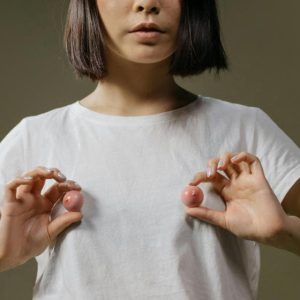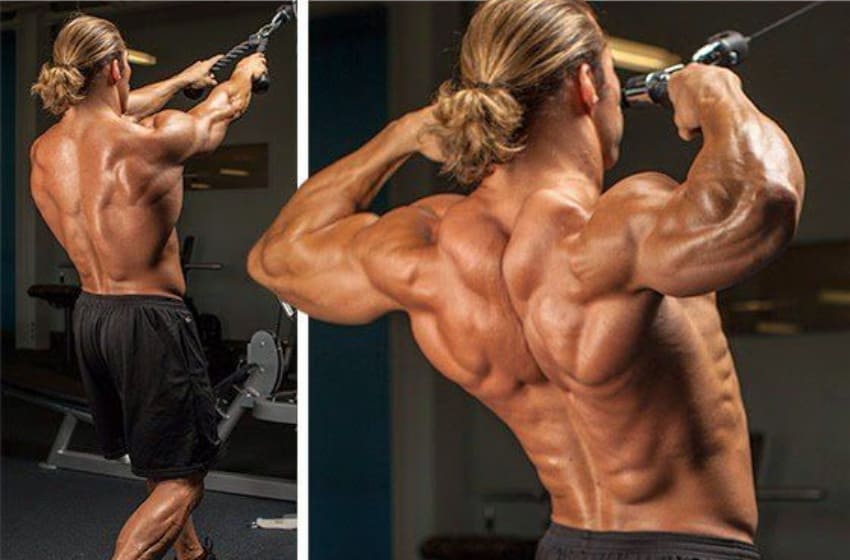
As a fitness buff, I’ve tried many exercises over the years. One exercise stands out – the face pull. It’s not as well-known as some workouts, but it packs a punch. It’s a great way to boost upper body strength. That’s why it’s key to my routine.
The face pull is all about the power to grow upper body strength. It’s a must in any solid fitness plan. It’s perfect for gals who want to build upper body power. Besides shaping up our look, it also enhances strength and agility, making everyday chores easier.
What Are Face Pulls?
Let’s break down the face pull, how it works, and how it helps our muscles. Doing a face pull means pulling a rope towards you. Your rear deltoids do most of the work. Think of it as a tug-of-war but against yourself. That’s what a face pull feels like.
When you do a face pull, the muscles worked on include the following:
- Rear and lateral deltoids: Face pulls directly work your rear deltoids, shaping your back and shoulders. They also indirectly helps your lateral deltoids, making your shoulders stronger.
- Rhomboids: This pair of muscles in your upper back get a workout from face pulls. They fix your posture and ease back pain.
- Trapezius: This big muscle goes from your neck to your back. Face pulls help make it stronger and more flexible.
- Teres major and minor: These small muscles near your shoulder blades often get overlooked. Face pulls target them well, helping your shoulder move better.
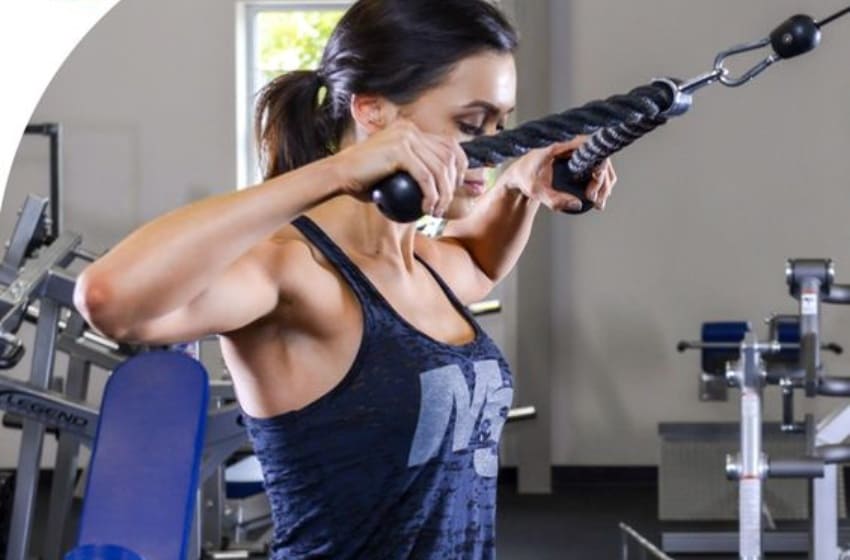 Image source: Pinterest
Image source: Pinterest
Benefits of a Face Pull Exercise
Before I did face pulls, my muscles worked, albeit rather inefficiently. Now, I not only enjoy robust upper body strength but many other awesome perks, too.
- Boosted Upper Body Strength
Truthfully, I was shocked by how much face pulls increased my upper body strength. This game-changing exercise targets the back, shoulders, and arm muscles, fine-tuning their shape and lasting power.
- Improved Shoulder Movement and Wellness
Ever felt your shoulders stiff from long hours at your computer? I’ve lived that scenario. Including face pulls in my workout routine drastically increased my shoulder movement and made my day less painful.
- Better Posture
Many people complain about poor posture. Face pulls can fix this by fortifying the upper back muscles, which leads to better posture. By including face pulls in my exercise routine, my stance improved noticeably. This resulted in less tension and more self-assurance.
- Minimized Injuries
Regular face pull exercises can stop injuries, specifically those linked to shoulder problems. Face pulls fortify the tiny muscles around the shoulder blade, anchoring the shoulder joint, lowering the chance of injury.
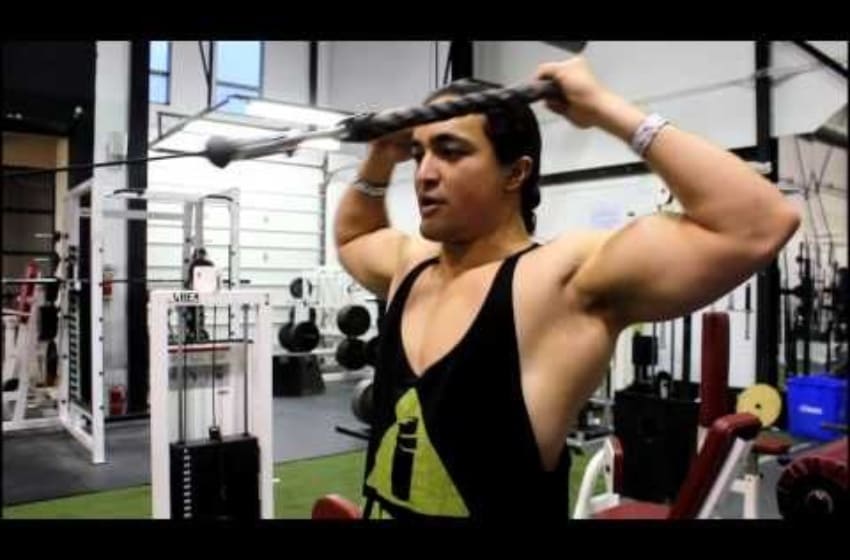
Image source: Pinterest
Step-by-Step Guide on How to Do a Face Pull
There’s an art to doing the face pull exercise right. It involves specific setup, stance, and movements. This is how I go about it.
- Face Pull Setup
You need to prep your equipment properly before starting. Aim to align your cable machine pulley with the top of your chest. Choose a difficulty that pushes you but won’t compromise your form.
- Body Stance
Root your feet shoulder-width. Grasp the rope, palms facing down, with hands placed slightly wider than the shoulders. I find this helps me remain stable as I work.
- Initiation Position
Hold the rope firmly, arms straight in front of you. Keep your chest puffed and your gaze forward. This is how you should look when starting each repetition.
- The Face Pull
Slowly draw the rope to your face while pinching your shoulder blades. Keep your elbows up. Picture pulling the rope apart as you do this. How well you manage this movement affects the workout’s effectiveness.
- Breathing Method
It’s essential to breathe right. Inhale at the start position and exhale during the pull. This pattern contributes to your stability and control.
- Reversion to the Initiation Position
After completing the pull, take your time returning to the beginning position. This careful return boosts muscle work and keeps injuries at bay.
- Repetition
Begin by doing 10-12 repetitions in 2-3 sets. As you become stronger and more at ease with the motions, increase your repetitions and sets. That’s how I did my cable face pull. My muscles worked on overdrive!
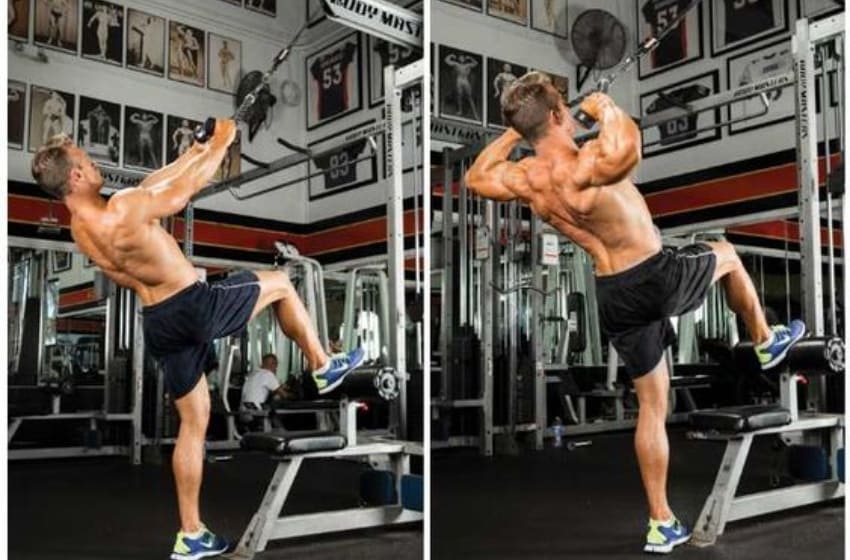
Image source: Pinterest
Common Errors to Avoid
We all make faux pas when we exercise. Find out what you should avoid.
- Poor Posture
Don’t slouch or lean too much. It can decrease the effectiveness and cause injuries. Stand tall and straight throughout the exercise.
- Short Range of Motion
Make sure to pull the rope to your face. Cutting your pulling distance results in less effective training. Pull till the rope reaches your forehead or eyes to use the right muscles.
- Over-Dependence on Arm Strength
Face pulls use more than just arms; they involve your shoulders and upper back. So, don’t just use your arms. Make sure to retract your shoulders and pull with those muscles, too.
- Incorrect Pull Height
Pulling the rope too high or too low can lead to unnecessary shoulder strain. Pull the rope towards your forehead for proper shoulder and upper back muscle engagement.
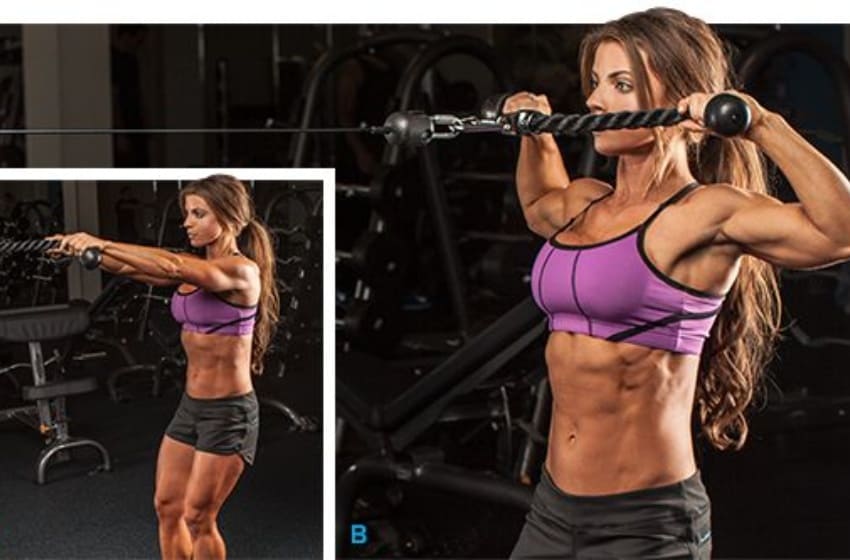
Image source: Pinterest
Variations and Modifications
Keeping variety in your routine is important, don’t you think? It keeps things interesting and provides different muscle challenges. Consider these interesting modifications for the face pull exercise.
- Face Pull With Stretch Bands
If the gym’s cable machine is occupied, stretch bands are handy. You’ll need to attach the band at chest level. Then, reproduce the pulling action as in a regular face pull.
- Sitting Face Pulls
Moving to sit face pulls presents a different challenge; your core works harder to keep your body stable. Just position yourself on a bench facing the machine, and do the exercise as always.
- Standing Face Pull
All your muscles work when you stand; balance becomes a target, too. Stand with one foot slightly ahead of the other for stability, and execute the face pull as regularly done.
- Single-Sided Face Pulls
Feeling more adventurous? Try single-sided face pulls. This removes the chance of one side supporting the other. Each shoulder works independently, making this a more demanding yet beneficial change.
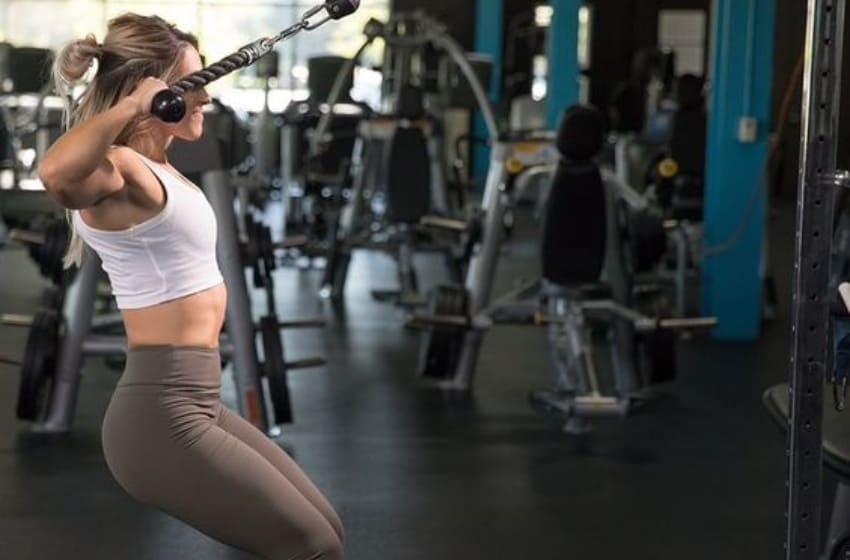
Image source: Pinterest
Conclusion
After learning about the face pull exercise, my muscles worked like well-oiled machines. Face pulls keep your posture straight and build up those often-ignored upper body muscles. I’ve noticed a difference in myself, and you’ll definitely see one, too.
However, proper form is everything. It may feel a bit odd at first, but keep at it. Your ideal face pull is just a few tries away. Keep your elbows high and tear that rope apart with purpose!
Diversifying your workout is always a good idea. Don’t fear changing the standard face pull to spice things up. Have you tested the single-arm face pull? What about the inverted one?
Above everything, being consistent is the secret. Regularly practicing face pull will certainly produce great results. So, here’s to respecting your body, being proud of your strength, and introducing the face pull as a regular part of your routine! You can do it.

